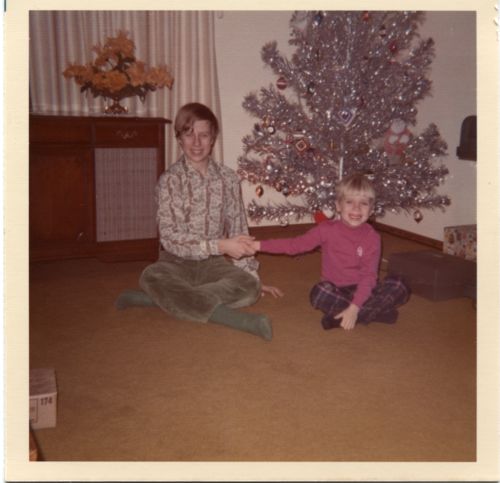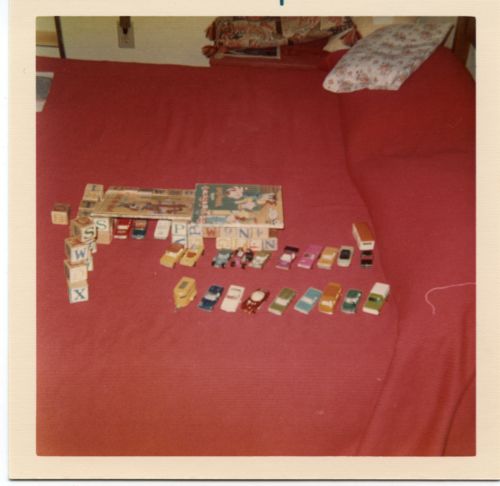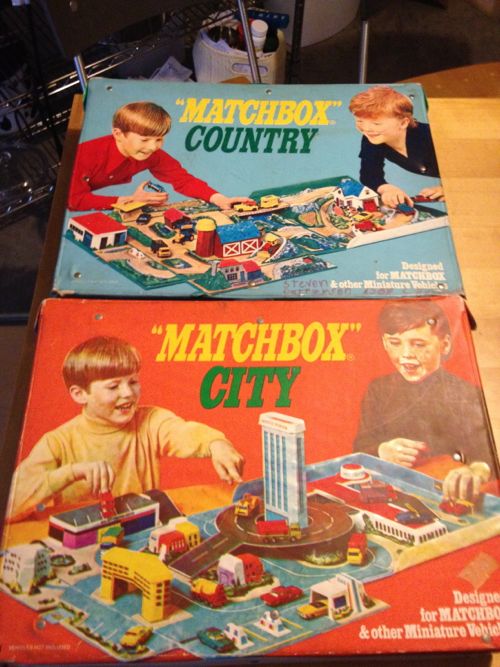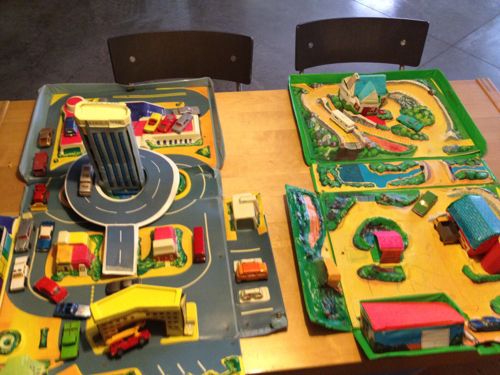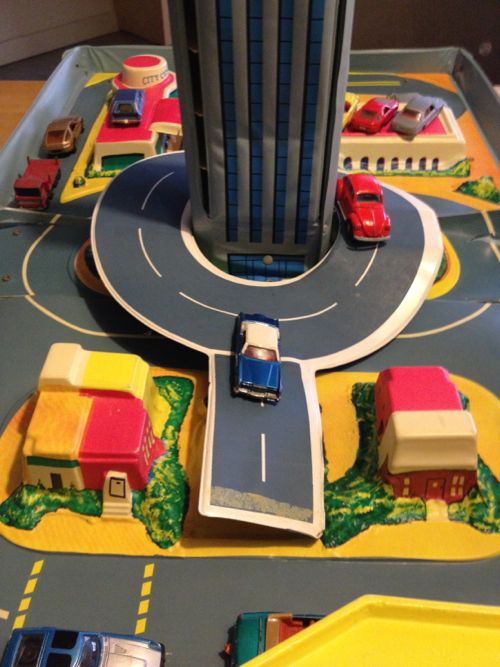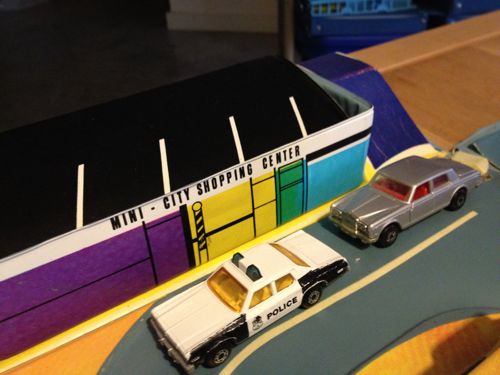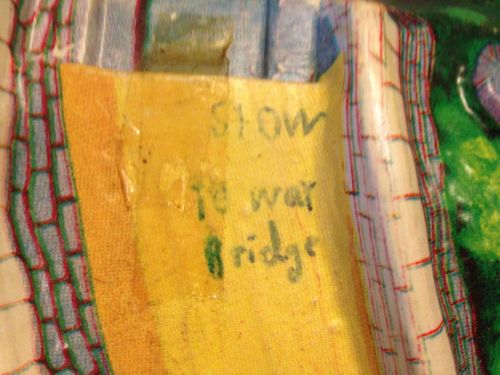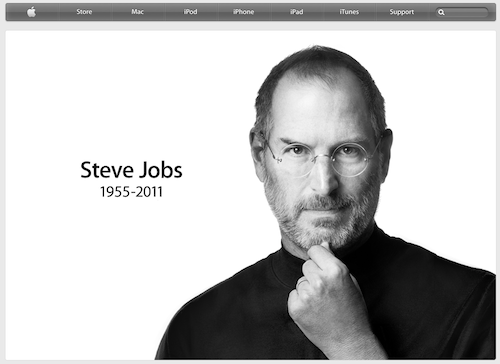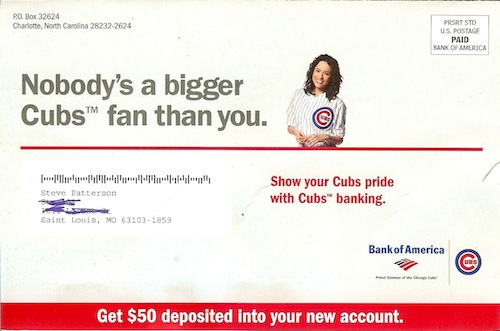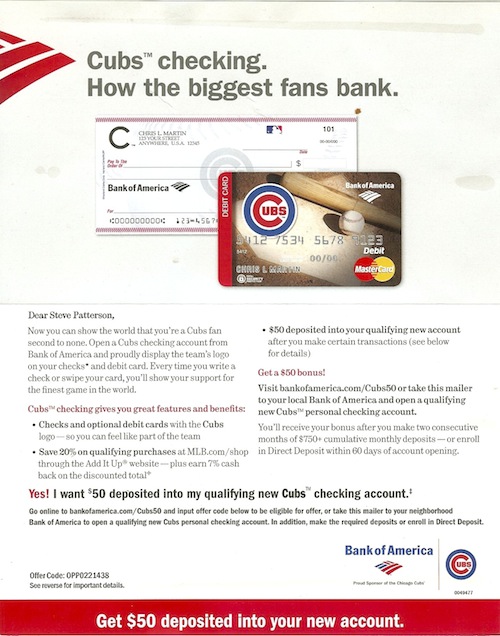Poll: Will the St. Louis Rams Exit Their Lease?
It’s 2012 and looking forward one of the big stories this year will be what happens when the Edward Jones Dome won’t be in the top 25% of all NFL facilities. The lease allows the Rams to exit after the 2014 season if the St. Louis Convention & Visitors Commission doesn’t keep the facility in the top quarter. It seems universally accepted the dome won’t be in the top quarter and the decision will be made within months. The Rams will be 20 years into a 30 year lease and they will have an out. Will they take the out?
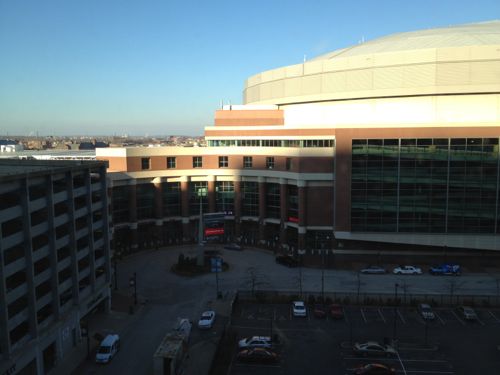
Will the Rams go back to Los Angeles to take up residence in a new football facility planned there?
Los Angeles Stadium at Grand Crossing will be the first stadium built specifically for the NFL in California and will reflect the California lifestyle, with an outdoor environment, ample parking, plenty of room to tailgate, expanding the NFL game-day experience and great views for all fans.
Sitting at the crossroads of four counties, the Los Angeles Stadium will provide access to over 15.5 million people, playing host to 75,000 fans each Sunday. (Source: losangelesfootballstadium.com)
What kind of city would build a football stadium without a team? Oh right, we did that hoping to win an expansion team. The Rams will have the option to become an annual tenant rather than getting locked in for another decade. Frankly, they’d be foolish to agree to another decade.
As an annual tenant they could stay until the new LA stadium is finished. But the Rams isn’t the only team LA might try to lure:
The three teams which used to play in Los Angeles but moved elsewhere (the San Diego Chargers, St. Louis Rams and Oakland Raiders) have all been rumored to be open to moving back. The Jacksonville Jaguars and the Minnesota Vikings, have also been identified by [stadium developer] Roski and others as possible prime tenants of the new stadium. However, the city of Santa Clara, California has since approved a ballot measure that will allow the 49ers to build a new stadium in Santa Clara, and the Raiders could be allowed to occupy that stadium as well. (Wikipedia)
This is the topic for the poll (right sidebar) this week. Happy New Year!’
– Steve Patterson
